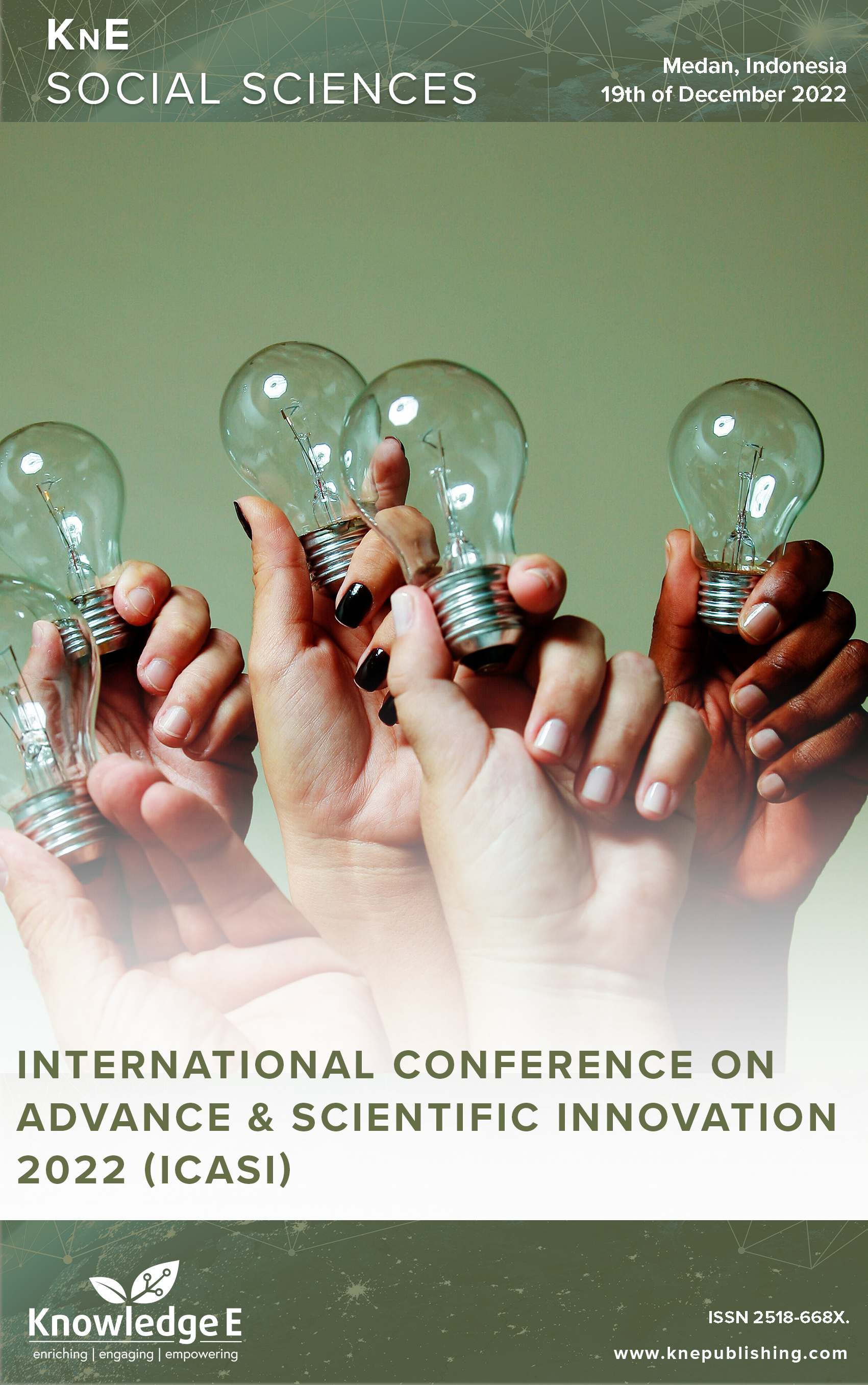Description of Waste Management at Bahteramas General Hospital
DOI:
https://doi.org/10.18502/kss.v8i9.13359Abstract
General Hospital South East Sulawesi Province is classified as a Class B hospital and medical services generate medical waste from inpatients, outpatients and emergency rooms daily. This study aims to determine the wamanagementnt’s description at Bahteramas General Hospital Southeast Sulawesi Province. The nature of this study is descriptive, using qualitative methods. Data were collected through in-depth interviews and observations. This study used an interview and observational tool, in which researchers prepared questions and a checklist test. Data analysis is based on Minister of Environment and Forestry Regulation No. 56 of 2015, which stipulates procedures and technical requirements for treating hazardous and toxic waste from health facilities. The management of waste at Bahteramas General Hospital depends on the type of waste. Liquid infectious waste from all wards and installation rooms is dumped into the spoelhock, which is connected directly to hospital’s IPAL. For the management of sharp waste/syringe, they are put into safety boxes. There is also cytotoxic waste (chemotherapy waste) which is put into a purple trash bag, and radiotherapy waste from the radiology room, which is put into a red trash bag, while the pharmaceutical waste is put into a brown trash bag. So it can be concluded that waste management in the treatment room of Bahteramas General Hospital Southeast Sulawesi Province reached 91.98% in July to September. In the assessment item of waste of sharp objects, it is put into a safety box, and the infectious liquid waste dumped into the canal connected to IPAL has reached 100%.
Keywords: Waste Management, Bahteramas General Hospital Southeast Sulawesi Province
References
[2] Riyanto, Limbah Bahan Berbahaya dan Beracun. Yogyakarta, 2013.
[3] B. BE. B.-C. MO. A. HSA, Characterization and Management of Solid Medical Wastes in The Federal Capital Territory. Abuja, Nigeria: African Health Sciences; 2006.
[4] PerMenKes. “PerMenKes No. 7 Tahun 2019 Kesehatan Lingkungan Rumah Sakit, Indonesia”. Jakarta, 2019.
[5] Pemerintah P. Peraturan Pemerintah No. 101 Tahun 2014 Pengelolaan Limbah Bahan Berbahaya dan Beracun, Indonesia. Jakarta, 2014.
[6] UU. Undang-Undang Nomor 32 Tahun 2009 tentang Perlindungan dan Pengelolaan Lingkungan Hidup. Jakarta, 2009.
[7] P. Reinhardt en G. Gordon, Infectius and Medical Waste Management. Michigan: Lewis Publisher Inc; 1991.
[8] Dhani M. Kajian Pengelolaan Sampah Rumah Sakit Pusat Angkatan Gatot Subroto. Surabaya: Universitas Airlangga; 2011.
[9] Astuti A. Kajian Pengelolaan Limbah di Rumah Sakit Umum Provinsi Nusa Tenggara Barat. Fakultas Kedokteran Universitas Udayana. J. Penelit. 2014;1(1).
[10] PerMenKes. PerMenKes No. 340 Tahun 2010 Klasifikasi Rumah Sakit, Indonesia. Jakarta, 2010.
[11] UU. “Undang-undang No. 44 Tahun 2009 Rumah Sakit, Indonesia.” Jakarta, 2009
[12] Tosepu R, Kusnan A, Zainudin A. “Analisis Faktor yang Berhubungan dengan Pengolahan Limbah Medis di Rumah Sakit Umum Aliyah Kota Kendari”, Media Publ. Promosi Kesehat. Indones., 2022;5(8).
[13] Rahman A, Tosepu R. Y. Karimuna, S. Yusran, A. Zainuddin, en Junaid, “Personal Hygiene, sanitation and food Safety knowledge of food warkers at the university canteen in Indonesia”, Publik Heal. Indones. 2018;4(4).

